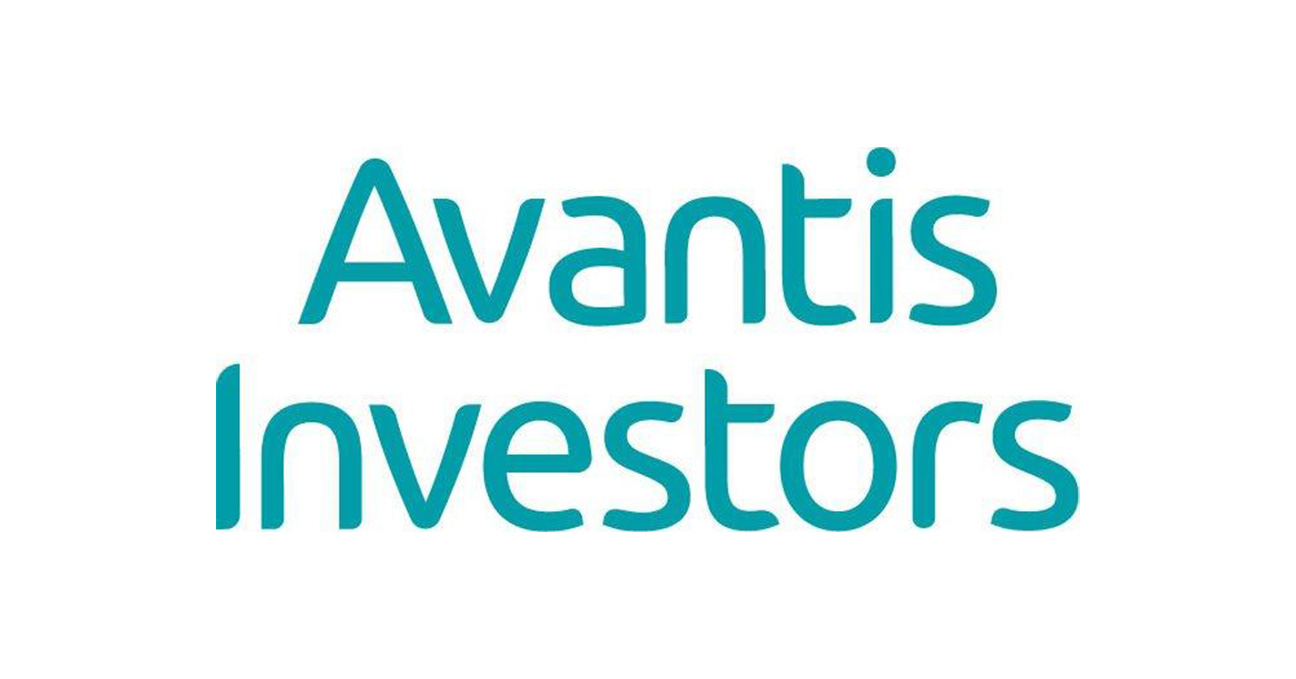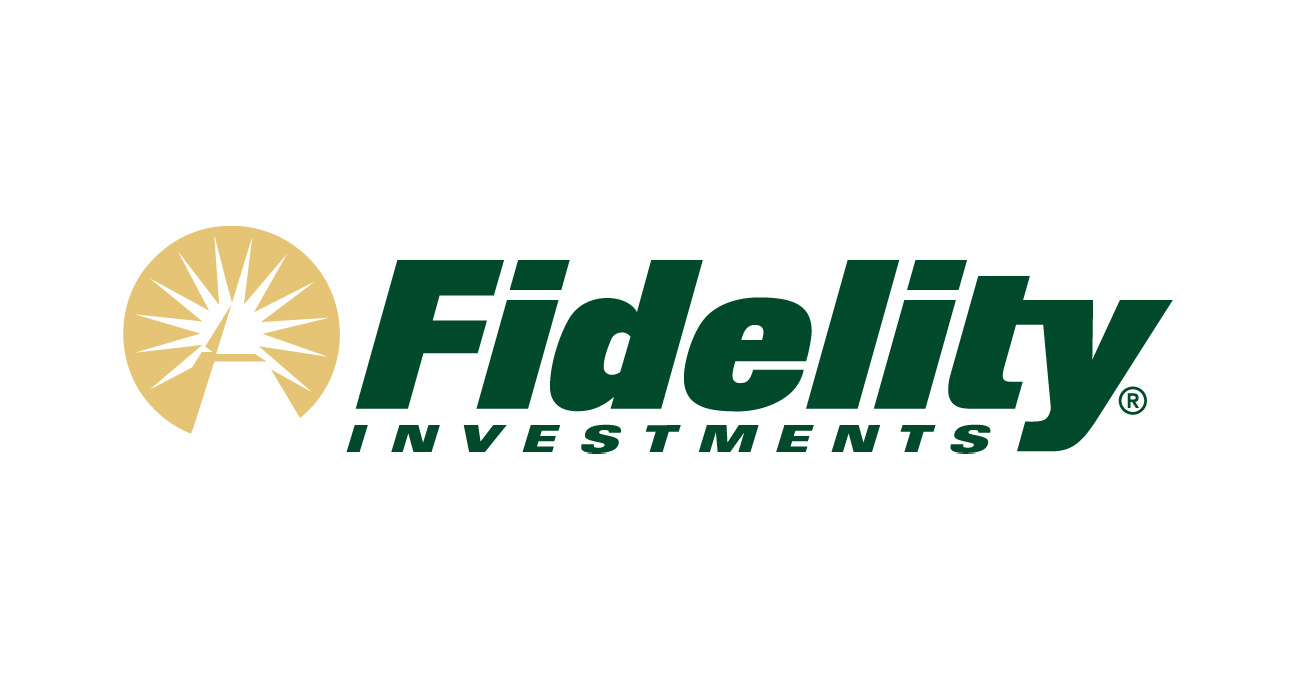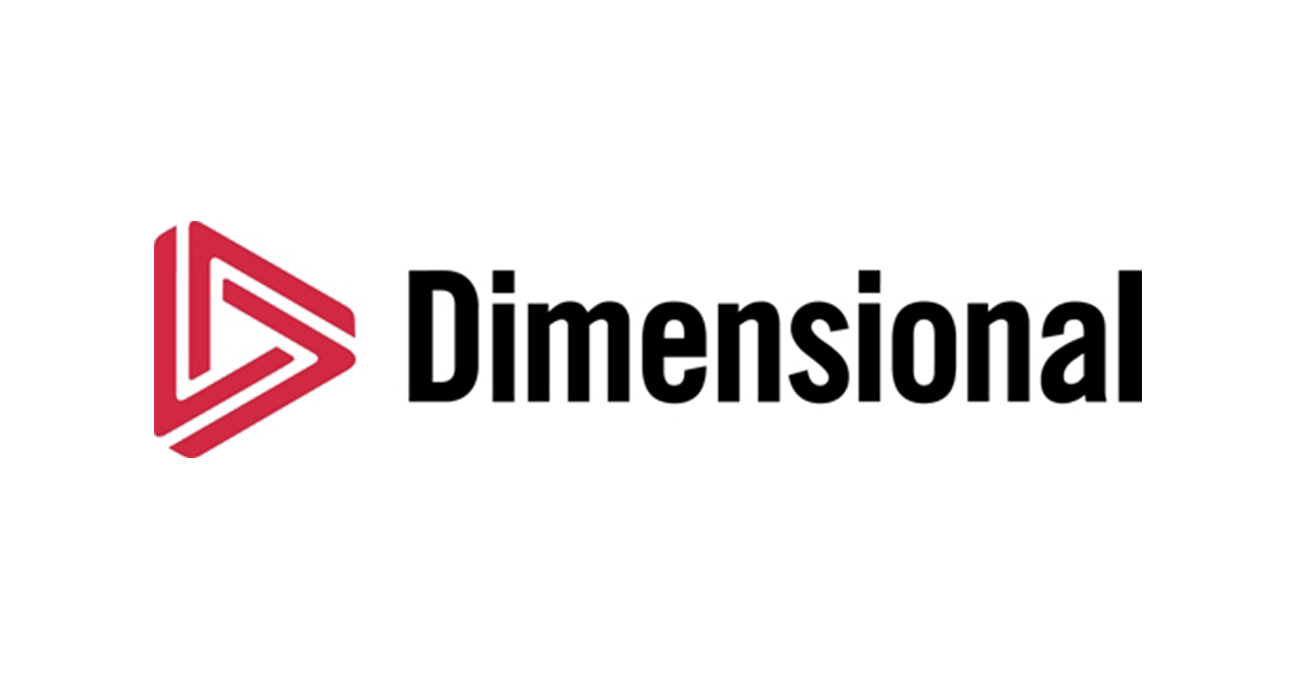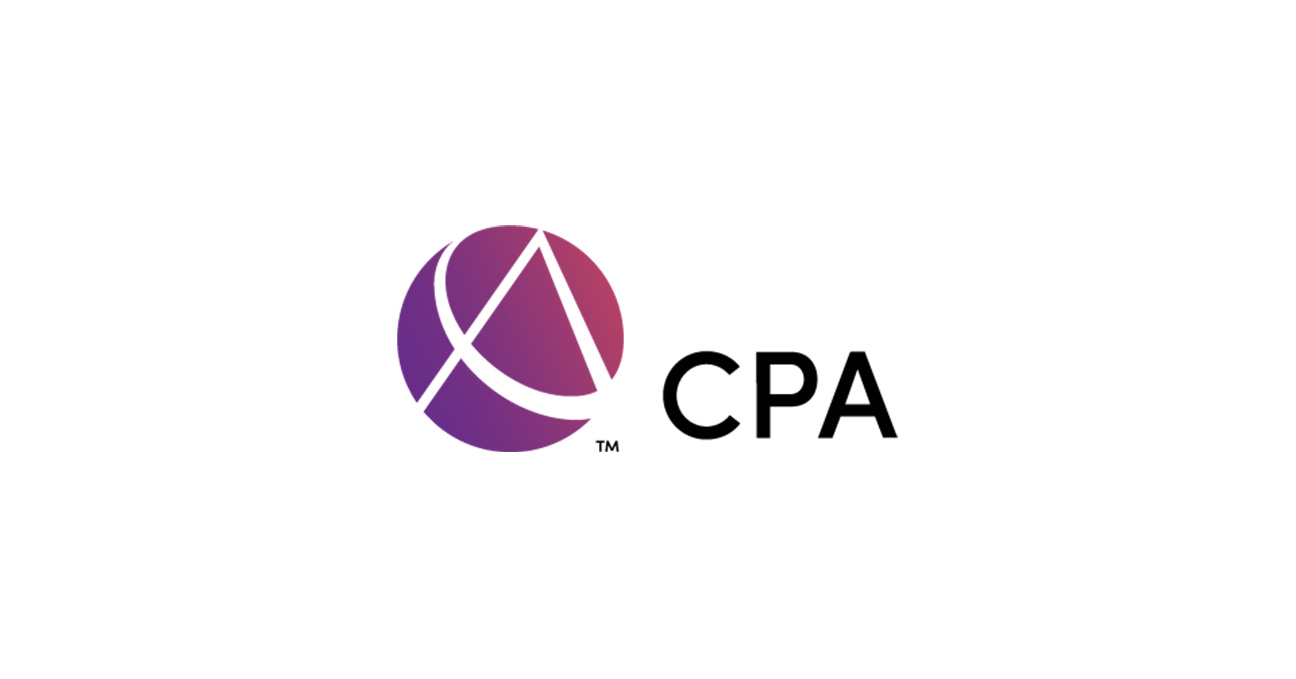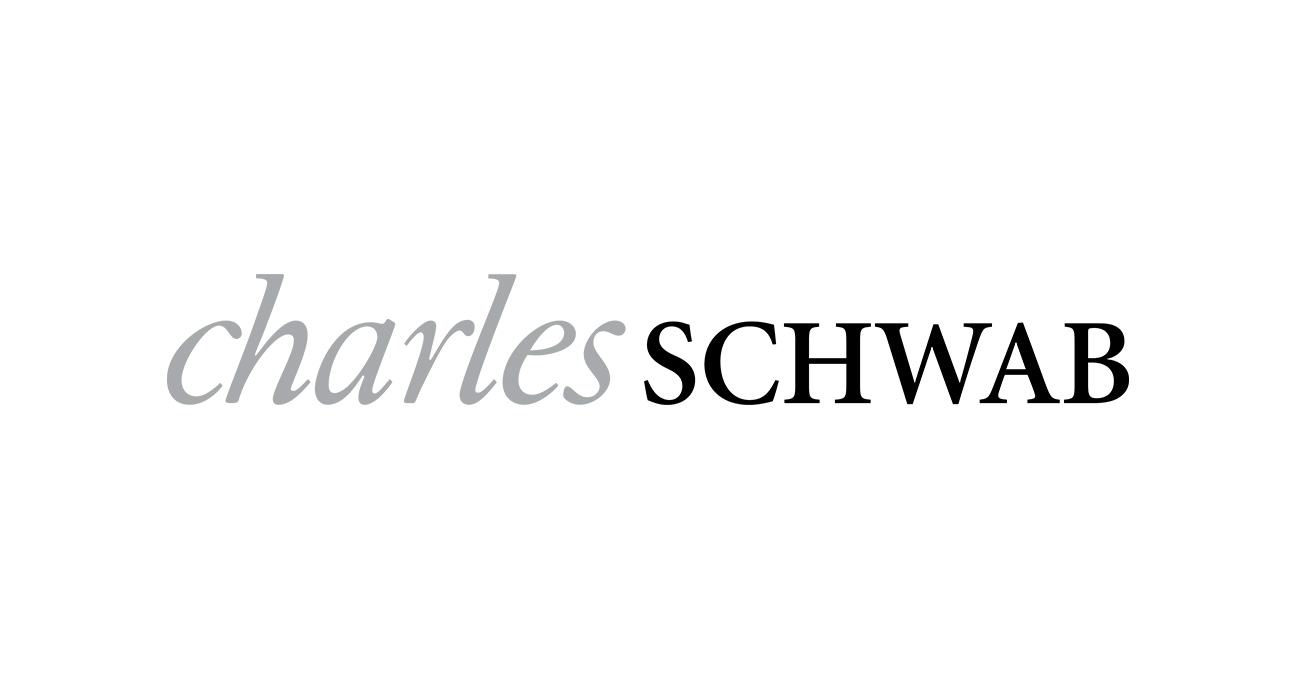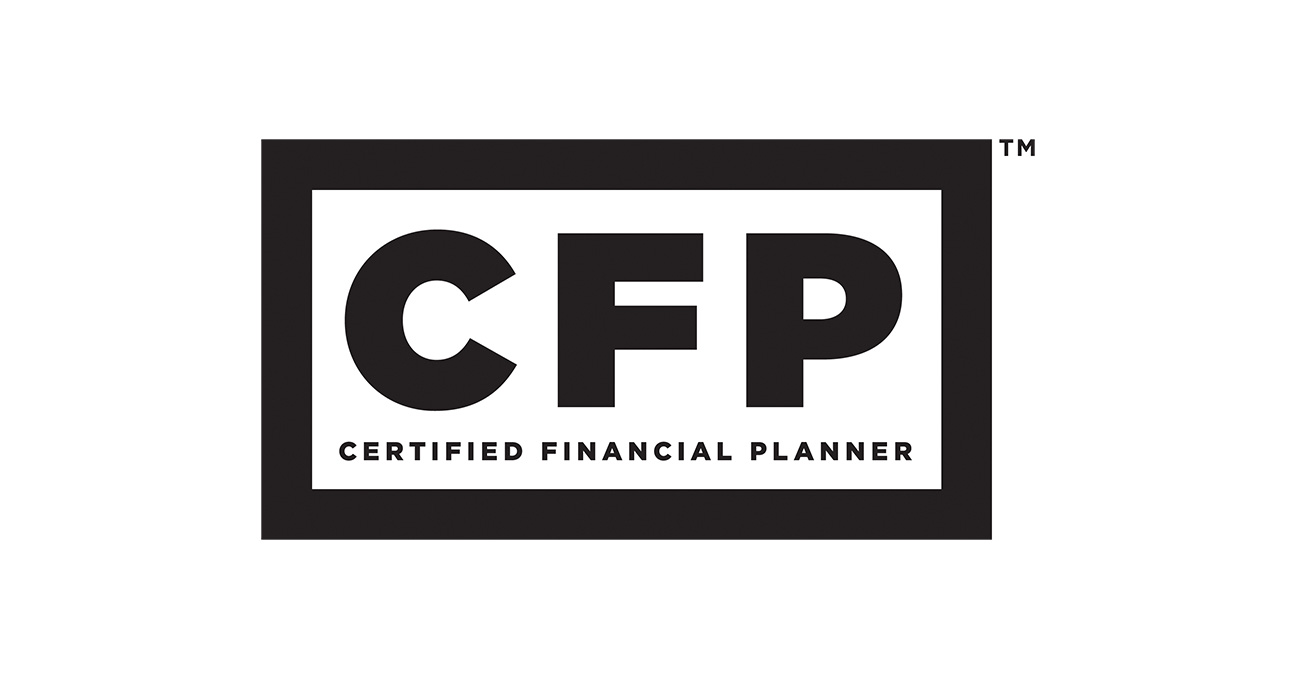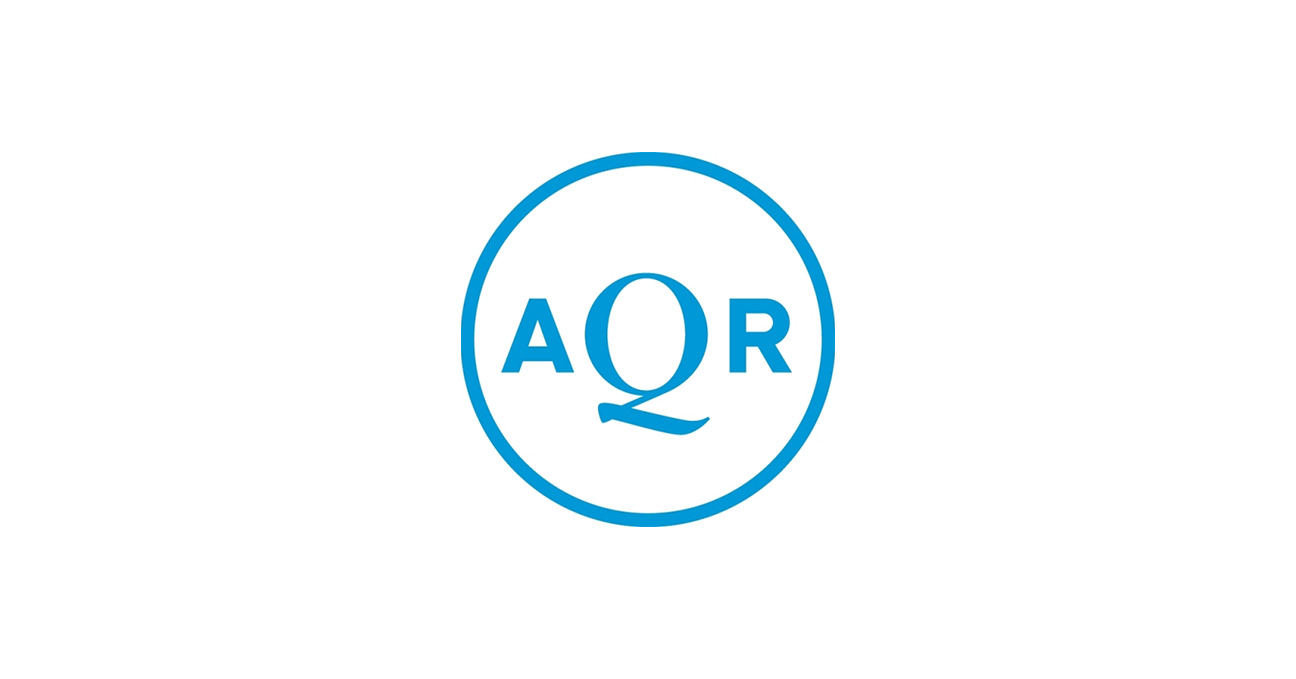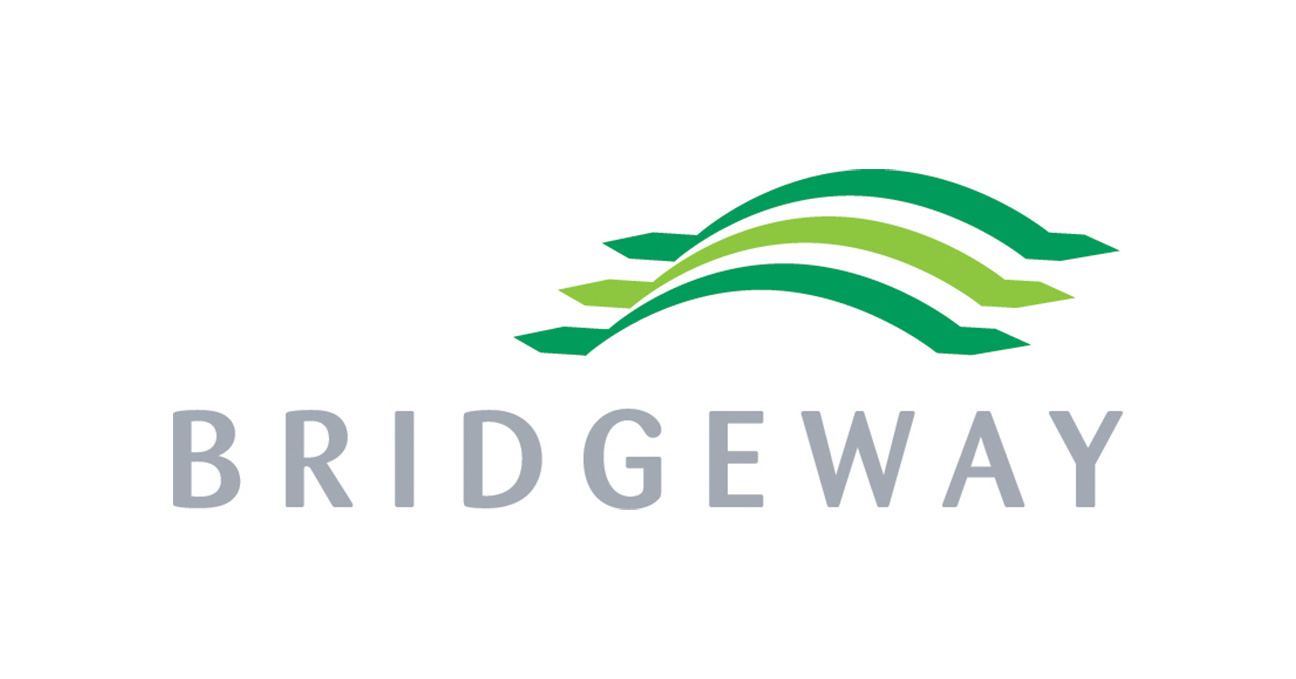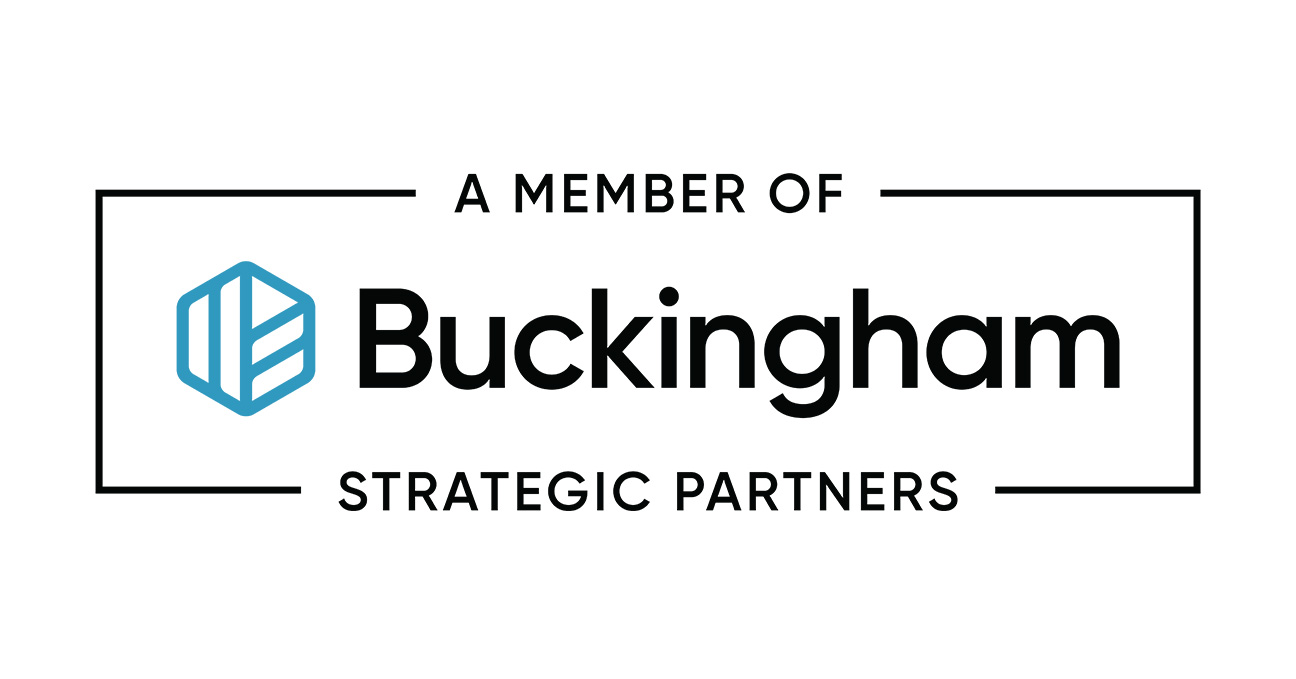As you approach retirement, one of the most critical considerations is how you will maximize income while minimizing your tax burden. After years of hard work and careful saving, the last thing you want is a significant portion of your retirement income eroded by taxes.
You can employ several evidence-based strategies to keep more money in your pocket.
Here are some of those strategies. Understanding them will give you the knowledge and tools to make informed retirement income and tax planning decisions.
The Importance of Tax Planning in Retirement
Retirement income tax planning is critical to ensuring a financially secure and comfortable retirement. By understanding the tax implications of your various income sources and developing a strategic plan to minimize your tax liability, you can stretch your retirement savings further and enjoy a higher standard of living.
Navigating the complex web of tax rules and regulations can be overwhelming, especially regarding retirement income. That’s where evidence-based planning comes in. By relying on proven strategies and expert advice from a financial advisor with tax expertise, you can make informed decisions that optimize your retirement income and minimize your tax burden.
Understand Your Income Sources
The first step is to understand how each income source is taxed. Most retirees rely on a combination of Social Security benefits, traditional IRA or 401(k) withdrawals, pension payments, and other investment income. Each of these sources is subject to different tax rules.
Social Security benefits may be taxed depending on your overall income level. If your combined income (which includes your adjusted gross income, nontaxable interest, and half of your Social Security benefits) exceeds certain thresholds, up to 85% of your benefits may be subject to federal income tax.
Withdrawals from traditional IRAs and 401(k)s are typically taxed as ordinary income, while Roth IRA withdrawals are generally tax-free if you meet certain conditions.
By understanding the tax treatment of each income source, you can make informed decisions about how and when to draw upon these accounts in retirement.
Know Your Tax Bracket
Your tax bracket and marginal tax rate determine how much of your retirement income goes to taxes.
If you expect to be in a lower tax bracket in retirement than you are during your working years, it may make sense to defer taxes on your retirement savings by contributing to a traditional IRA or 401(k). This way, you can take advantage of the tax deduction now, when you’re in a higher tax bracket, and pay taxes on the withdrawals later, when you’re in a lower bracket.
If you anticipate being in a higher tax bracket in retirement, a Roth IRA or Roth 401(k) may be a better choice. With these accounts, you contribute after-tax dollars, but your retirement withdrawal is tax-free (assuming you meet certain conditions). This can be especially advantageous if you expect your tax rate to increase over time.
Employ Strategic Withdrawals
One of the most effective ways to minimize taxes in retirement is to withdraw funds from your various accounts strategically. You can minimize your overall tax liability by drawing from your taxable accounts first, then your tax-deferred accounts, and finally, your tax-free accounts.
Here’s how it works: By withdrawing from your taxable accounts (like a brokerage account) first, you allow your tax-deferred and tax-free accounts to grow for as long as possible. The longer your money grows tax-deferred or tax-free, the more you’ll have in retirement.
Once you’ve exhausted your taxable accounts, you can start withdrawing from your tax-deferred accounts, like traditional IRAs and 401(k)s. These withdrawals will be taxed as ordinary income, so factor that into your overall tax planning.
Finally, you can draw upon your tax-free accounts, like Roth IRAs, last. By saving these accounts for later, you ensure you get the maximum benefit from their tax-free growth potential.
Maximize Tax-Free Income
Depending on your circumstances, specific retirement income sources, like Roth IRA withdrawals and some Social Security benefits, may be tax-free. By maximizing your contributions to these accounts during your working years and carefully planning your withdrawals in retirement, you can significantly reduce your tax burden)].
You can contribute after-tax dollars to the account during your working years if you have a Roth IRA. In retirement, your withdrawals (including your contributions and any investment earnings) are tax-free, as long as you’ve had the account for at least five years and you’re over 59½.
Similarly, some of your Social Security benefits may be tax-free, depending on your overall income level. Your benefits are not taxed if your combined income is below certain thresholds. Even if you do owe taxes on your benefits, you may be able to minimize the impact by carefully managing your other income sources.
Utilize Deductions and Credits
As a retiree, you may be eligible for various tax deductions and credits that can help lower your tax bill. Some common deductions include medical expenses, charitable contributions, and state and local taxes.
If you have significant medical expenses in retirement, you may be able to deduct a portion of these costs if they exceed 7.5% of your adjusted gross income. Similarly, if you make charitable contributions to qualified organizations, you can deduct these gifts (up to certain limits) on your tax return.
It’s also worth noting that some states offer tax breaks specifically for retirees, such as exemptions for Social Security benefits or pension income. Be sure to research the tax laws in your state to see if you qualify for any of these deductions or credits.
Consider Relocating
One of the most impactful strategies for minimizing taxes on your retirement income is to live in or move to a tax-friendly state. Some states have no state income tax, while others offer significant tax breaks for retirees.
States like Florida, Nevada, and Texas have no state income tax, which means you can keep more of your retirement income. Other states, like Mississippi and Pennsylvania, don’t tax Social Security benefits, while others offer exemptions or credits for pension income.
Of course, taxes shouldn’t be the only factor in deciding where to retire – you’ll also want to consider factors like cost of living, healthcare access, and proximity to family and friends. But if you’re looking for ways to stretch your retirement income further, relocating to a tax-friendly state can be a powerful strategy.
Engage in Proactive Planning
To ensure that you’re making the most of these evidence-based tax minimization strategies, engaging in proactive tax planning with a knowledgeable financial professional is essential. A qualified financial advisor or tax specialist can help you develop a comprehensive retirement income plan that considers your unique financial situation, goals, and tax obligations. By working with a professional, you can:
– Identify opportunities to minimize taxes on your retirement income
– Make informed decisions about which withdrawal strategies and income sources to use
– Stay up-to-date on the latest tax laws and strategies and adjust your plan accordingly
– Ensure that your retirement income plan is integrated with your overall financial plan and goals
Tax planning is an ongoing process. Your strategy may need to evolve as your financial situation and tax laws change over time. By staying engaged and working with a trusted advisor, you can ensure that you always make the most of your retirement income and minimize your tax burden.
Final Thoughts
Minimizing taxes on retirement income is a critical component of ensuring a financially secure and comfortable retirement. By understanding your income sources, tax bracket, and available deductions and credits and employing evidence-based strategies like strategic withdrawals and proactive planning, you can keep more of your hard-earned money in your pocket.
Tax planning is not a one-size-fits-all endeavor. The best strategy will depend on your unique financial situation, goals, and tax obligations. That’s why it’s so important to work with a knowledgeable financial professional who can help you develop a customized plan that meets your needs.




